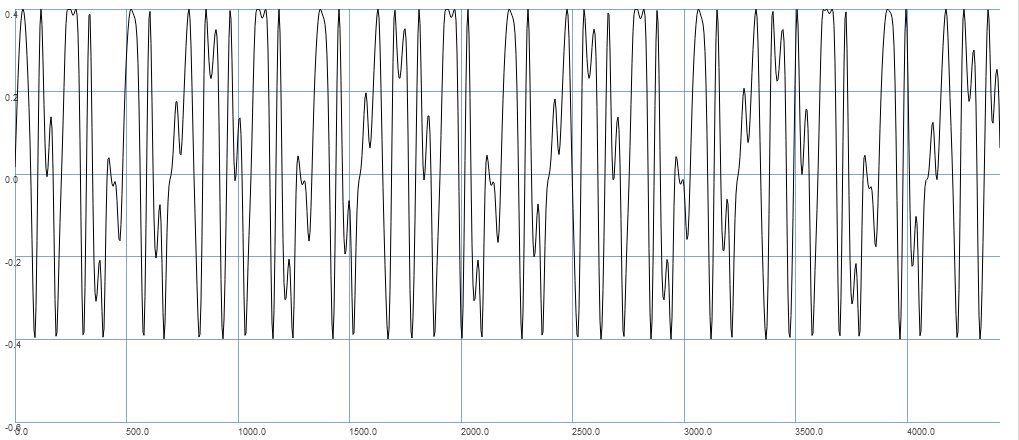It’s probably just easier to use plotNRT for something like that, which will work because it uses a separate server to render, no SynthDef.wrap headaches.
(
~plotNRT.({
var input, sound;
input = InFeedback.ar(0, 1);
sound = SinOsc.ar(input * 1300 + 300, 0, 0.4);
sound;
}, 1/10);
)
Gets me this:
